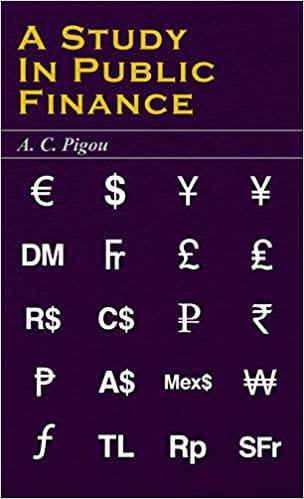Norris Production Company (NPC) is considering a project that has an up-front cost at t = 0 of $2,500. (All dollars in this problem are in thousands.) The project's subsequent cash flows are critically dependent on whether a competitor's product is approved by the Food and Drug Administration. If the FDA rejects the competitive product, NPC's product will have high sales and cash flows, but if the competitive product is approved, that will negatively impact NPC. There is a 75% chance that the competitive product will be rejected, in which case NPC's expected cash flows will be $750 at the end of each of the next seven years (t = 1 to 7). There is a 25% chance that the competitor's product will be approved, in which case the expected cash flows will be only $50 at the end of each of the next seven years (t = 1 to 7). NPC will know for sure one year from today whether the competitor's product has been approved. NPC is considering whether to make the investment today or to wait a year to find out about the FDA's decision. If it waits a year, the project's up-front cost at t = 1 will remain at $2,500, the subsequent cash flows will remain at $750 per year if the competitor's product is rejected and $50 per year if the alternative product is approved. However, if NPC decides to wait, the subsequent cash flows will be received only for six years (t = 2 ... 7). In addition, once NPC knows the outcome of the FDA's decision, it will not take on the project if its NPV is negative. This is a risky project, so a WACC of 16.0% is to be used. If NPC chooses to wait a year before proceeding, what is the value of the timing option today?






